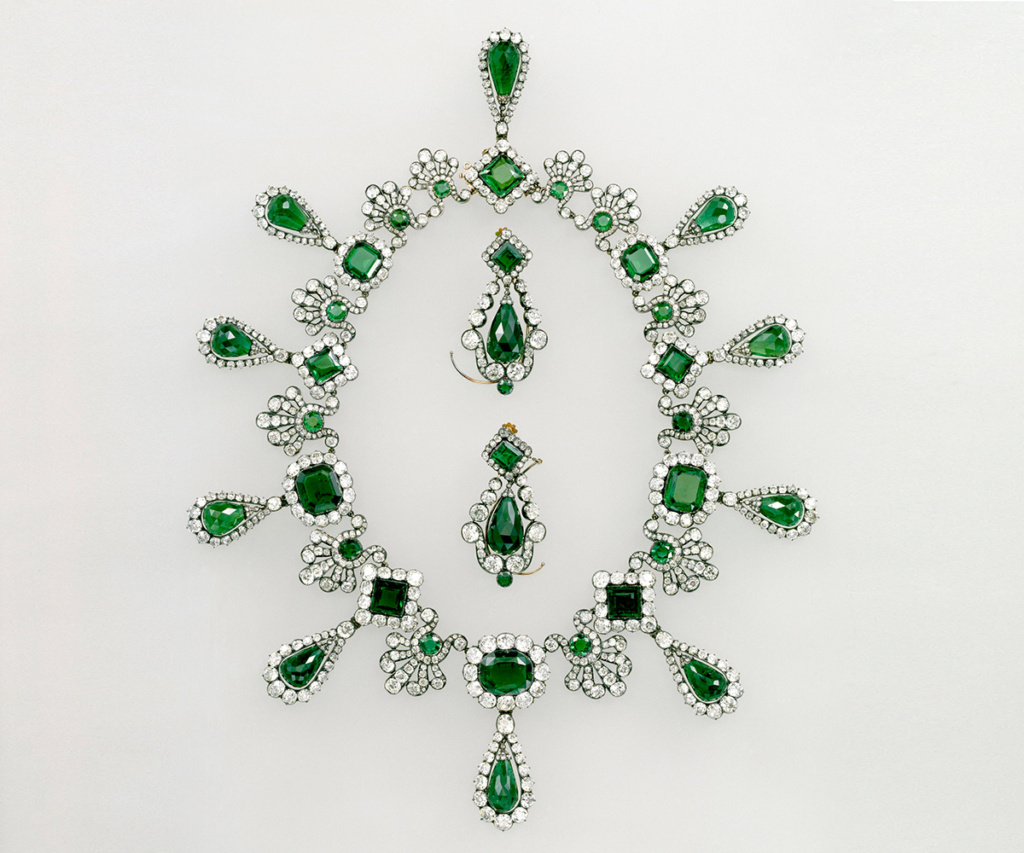The Louvre Robbery: When Reality Imitates Cinema
By ANNO Media
On the morning of October 19, 2025, Paris woke up to a scene straight out of Ocean’s 13.
In a daring operation lasting less than seven minutes, masked thieves broke into the Galerie d’Apollon — the dazzling hall of the French royal jewels — and escaped on motorbikes through the streets of dawn.
They took with them pieces of “inestimable heritage value,” including the emerald-set crown of Empress Eugénie, leaving behind only cut glass and disbelief.
The world’s most visited museum had been robbed — again.
It was a heist made for cinema, but it happened inside a place that has always lived between reality and legend.

From Fortress to Temple of Art
The Louvre began not as a sanctuary of art but as a fortress of war.
Built in the 12th century by King Philippe Auguste, it was designed to protect Paris from invasion, with thick walls, a moat, and a central keep. The remains of that medieval fortress — its stones dark and cold — still lie beneath the museum today, visible in the “Medieval Louvre” galleries.
Over the centuries the fortress turned into a royal palace. Charles V installed his library here; Francis I filled it with Renaissance art. Later monarchs extended its wings until, during the French Revolution, it was transformed into something radical: a museum for the people.
And yet, the Louvre never lost its aura of secrecy.
Behind its elegant façades still linger the shadows of the fortress — corridors that once hid soldiers now shelter masterpieces.
The Theft that Made the Mona Lisa Famous
Not since 1911 had the Louvre known a theft as dramatic.
That year, a humble Italian decorator named Vincenzo Peruggia hid inside the museum overnight and walked out with Leonardo’s Mona Lisa tucked under his coat.
Paris was scandalised; the world obsessed. Even Picasso was questioned. When the painting was recovered in Florence two years later, the mysterious smile had become a global phenomenon.
The irony is that her theft — not her beauty — made her immortal.

Mug shot of Vincenzo Peruggia, who was believed to have stolen the Mona Lisa in 1911.
The 2025 Heist: A Modern Myth
A century later, the story repeats itself in modern form.
Laser alarms, security cameras, and bulletproof glass were not enough. Using construction scaffolding and power tools, the thieves struck with surgical precision — a 21st-century echo of an old obsession.
It is said they knew the museum’s routines perfectly, as if rehearsing a dance. One investigator even called it “a ballet of precision”.
The choice of the Galerie d’Apollon — a room dedicated to light and majesty — adds a poetic layer: Apollo, god of art and truth, was robbed in his own temple.

The Hidden Louvre: Legends and Mysteries
Few realise how many mysteries are buried within the Louvre’s 800-year-old walls.
The Ghost of the Tuileries
When the Louvre was still a royal residence, a spectral figure known as the Red Man of the Tuileries was said to haunt the corridors.
He first appeared to Catherine de’ Medici in the 16th century, foretelling deaths in the royal family. Napoleon reportedly saw him too — just days before his downfall.
The Lost Dungeon
Beneath the Denon Wing lie traces of Philippe Auguste’s dungeon — the original fortress keep. Legend says a secret passage once led from this chamber to the Seine, allowing monarchs to escape unnoticed. Some guards still claim to hear chains clinking after closing hours.
The Phantom Cat of the Moat
Among staff, stories circulate about a small black cat that prowls the medieval ruins at night, vanishing through walls. In French folklore, black cats guard treasures — a fitting companion for the world’s richest museum.
The Missing Sculptures
During the turmoil of the 19th century, several small antiquities vanished from storage rooms and were never recovered. Some say they were hidden deliberately to protect them from looters, others that they were spirited away by collectors. Their catalogue numbers remain in the archives, like ghosts waiting to return.
The Cursed Gem
Among the royal jewels is a sapphire once said to have belonged to Marie Antoinette. According to myth, anyone who possesses it unjustly will lose their crown — or their life. After the latest heist, social media lit up with whispers: Was it among the stolen treasures?
The Louvre as Mirror of France
The Louvre’s history is that of France itself — a fortress of kings, a palace of emperors, a museum of the republic.
Each era left not only art but secrets in stone: from Philippe Auguste’s keep to the glass pyramid of Pei, from medieval moats to Napoleonic jewels.
Even its architecture tells a story of contradiction — light and shadow, power and vulnerability. The 2025 heist simply reminded the world that no fortress is unbreakable, not even one built to protect beauty itself.
Epilogue: What the Thieves Stole Beyond Gold
What vanished on that October morning were not just jewels, but fragments of memory — emblems of empire, vanity, and time.
The Louvre will tighten its security, the authorities will search, and the jewels may one day reappear.
But the story — this strange union of history and legend — will stay.
Because in the end, the Louvre has always guarded more than art.
It keeps the imagination of humanity, and imagination has always been the hardest thing to lock away.



